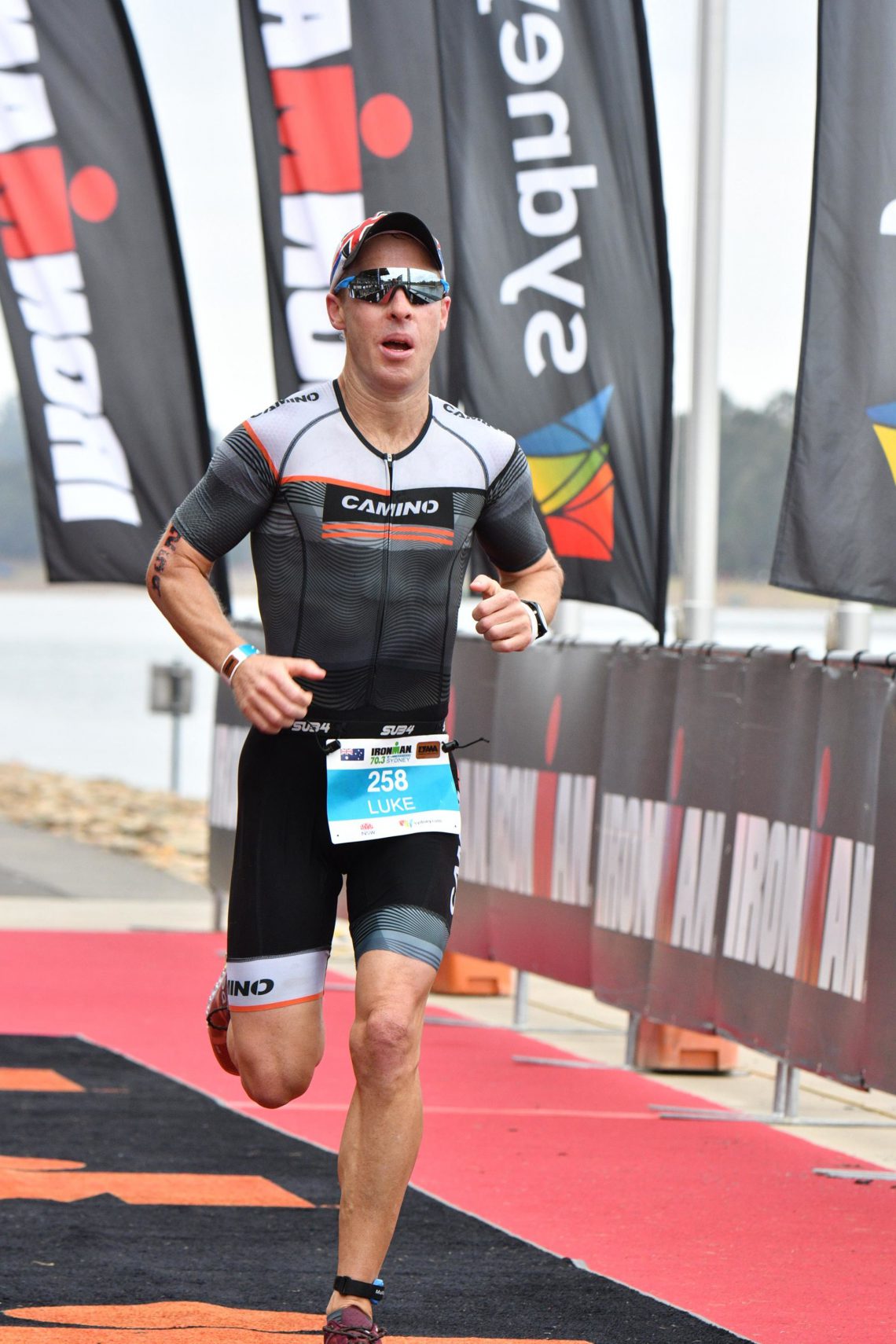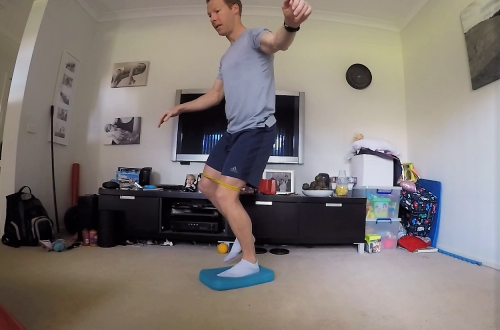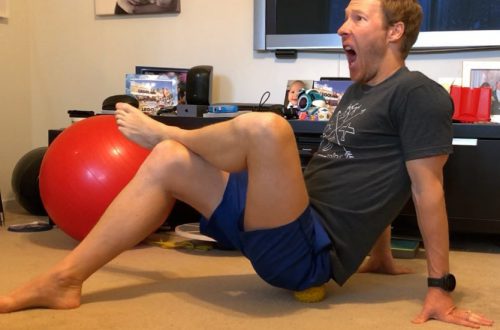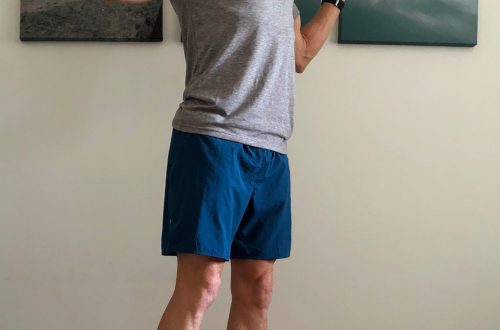
Strength and Conditioning for Running
Enter ‘Strength and Conditioning for Running’ into google and the response is overwhelming! Some advice will say go heavy to build maximal strength as this help economy and also makes you strong to resist injury. There’s also a big focus on explosive movement patterns, called plyometrics, to build power, improving efficiency and reduce injuries. However, I will go out on a limb here and suggest most runners and triathletes are not ready to lift/push heavy weights or do explosive actions yet.
Building a Base
There are many research papers documenting the benefits of strength and also plyometrics. However, without building a solid base (like anything) this kind of training can create overuse injuries or other non-contact injuries. Building a base involves getting the fundamental movement patterns right. Think of it as a pyramid as depicted, working on stabilisation and mobility creates a good foundation on which to build. Then comes strength which further builds on stabilisation, and then finally power (the icing on top) to move more explosively.

When you lift heavy without the correct motor pattern, this can create a situation where you are putting a lot of load on your body in a way it was not designed for. Likewise, if you do not have the strength to tolerate the loads on tendons etc for explosive actions you run the risk of injury, undoing any potential good that may have been achieved. For these reasons, it’s important to build slowly, and only progress once you have built the appropriate base that will remain solid as you build your strength and power.
Stabilisation and Mobility
I focus on running strength and conditioning as this is the highest injury risk when it comes to triathlon. Also, an added benefit is that being a stronger runner will also help reduce injury risk in cycling. Improving your stabilisation and mobility will see tangible benefits when running. Even before you start adding strength or power, having better stability/mobility will allow you to run with better form making you more efficient. Again, there is so much content out there to help guide you with some great ideas to work on these areas, but the key is doing them consistently.
It’s taking steps regularly over time that accumulates into big leaps forward in progression. Personally I like to follow along to a video, as it helps me to not skip/forget something, and also I find the prompts from experts help to keep my focus on what I’m doing. Here are my 3 go to stabilisation and mobility videos I like to cycle through, which do not require a gym to complete.
1) Eliud Kipchoge’s Core Strength Workout
This is a 10min workout with physio James Dunne. It is a routine that you can do before a run to help turn your glutes on and engage the core.
Equipment needed: band for 1 of the workouts
2) Running hip stability and strength exercises with Physio Brad Beer
This workout routine involves 4 different exercises and takes about 10mins. Helps to build hip stability which is critical for running. Brad discusses progressions with the exercises too.
Equipment needed: None, progression can use a band
3) Runner’s Knee Pain – Treatment and Prevention
Have a little more time (15mins), Physical Therapist Charlie Merrill in this routine goes through a number of exercises and ticks off everything above and below the knee.
Equipment needed: band & swiss ball
Completing this type of training 2-3 times a week will create a great foundation for your running and triathlon. Once you have a solid base moving onto strength is a good progression, but it is also good to still maintain some exercises to keep reinforcing your foundation. This advice is speaking from my own experiences and the approach (I hope the engineer in me makes that somewhat logical) I have seen working.


You May Also Like

Prehab for Running
July 24, 2020
Hip Mobility
May 22, 2020
Improve your swim without swimming
November 21, 2019Newsletter
Stay in touch, including tips and training sessions to improve.
Thank you!
You have successfully joined our subscriber list.
- luke@lukejonestri.com
- Sydney, NSW, Australia
Copyright © Luke Jones

